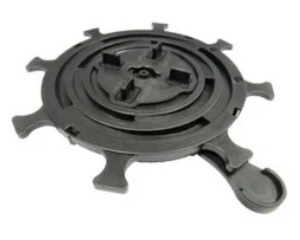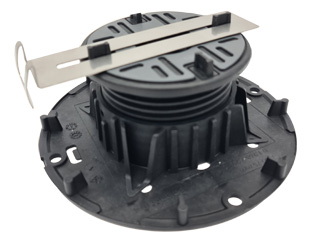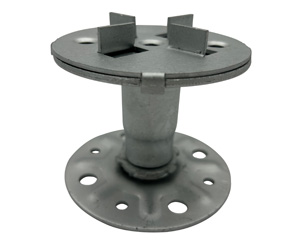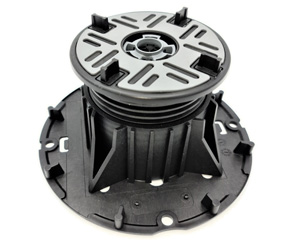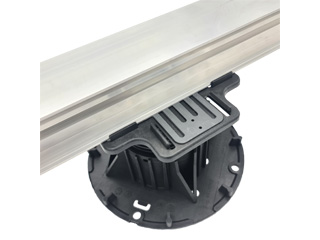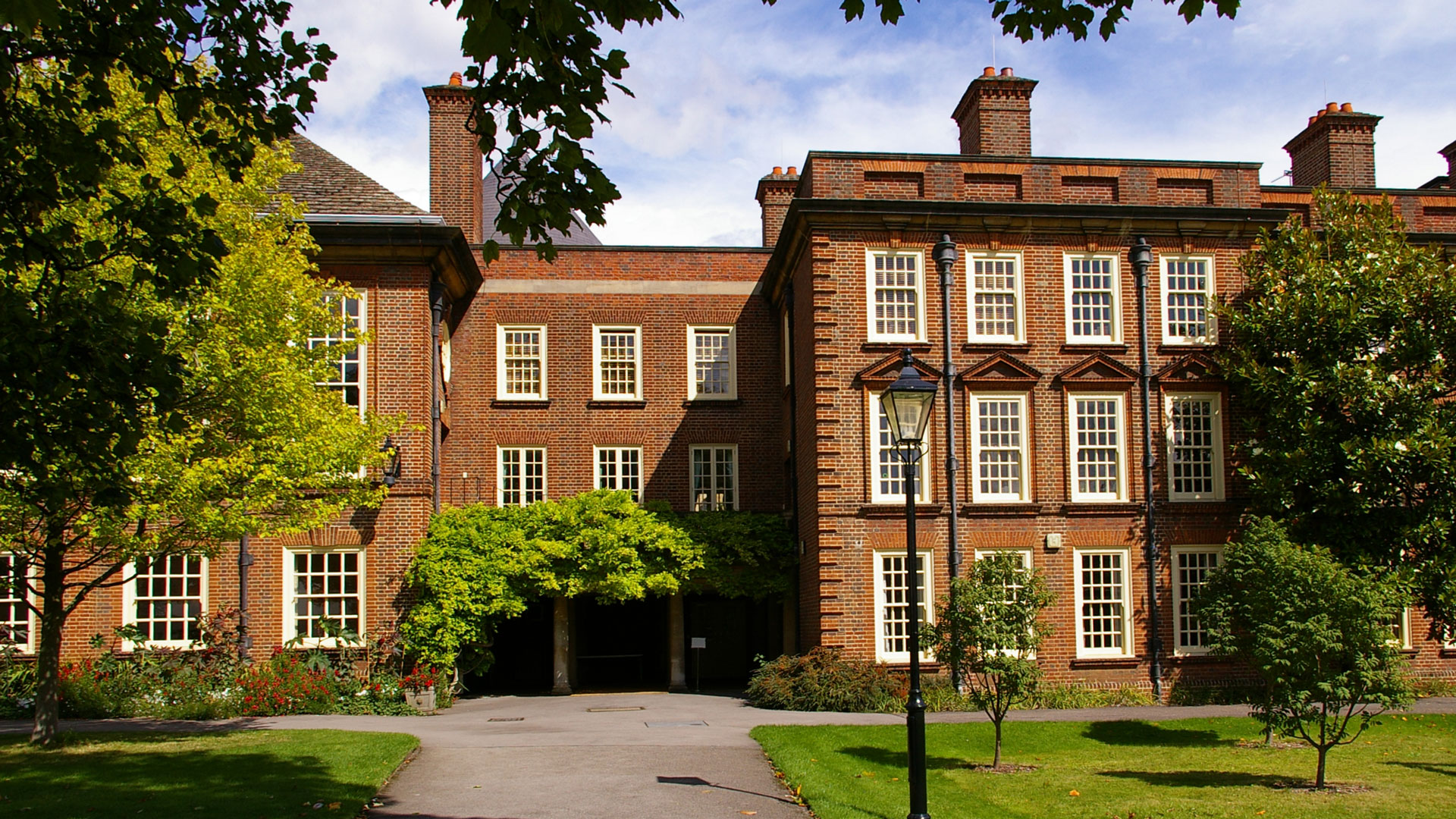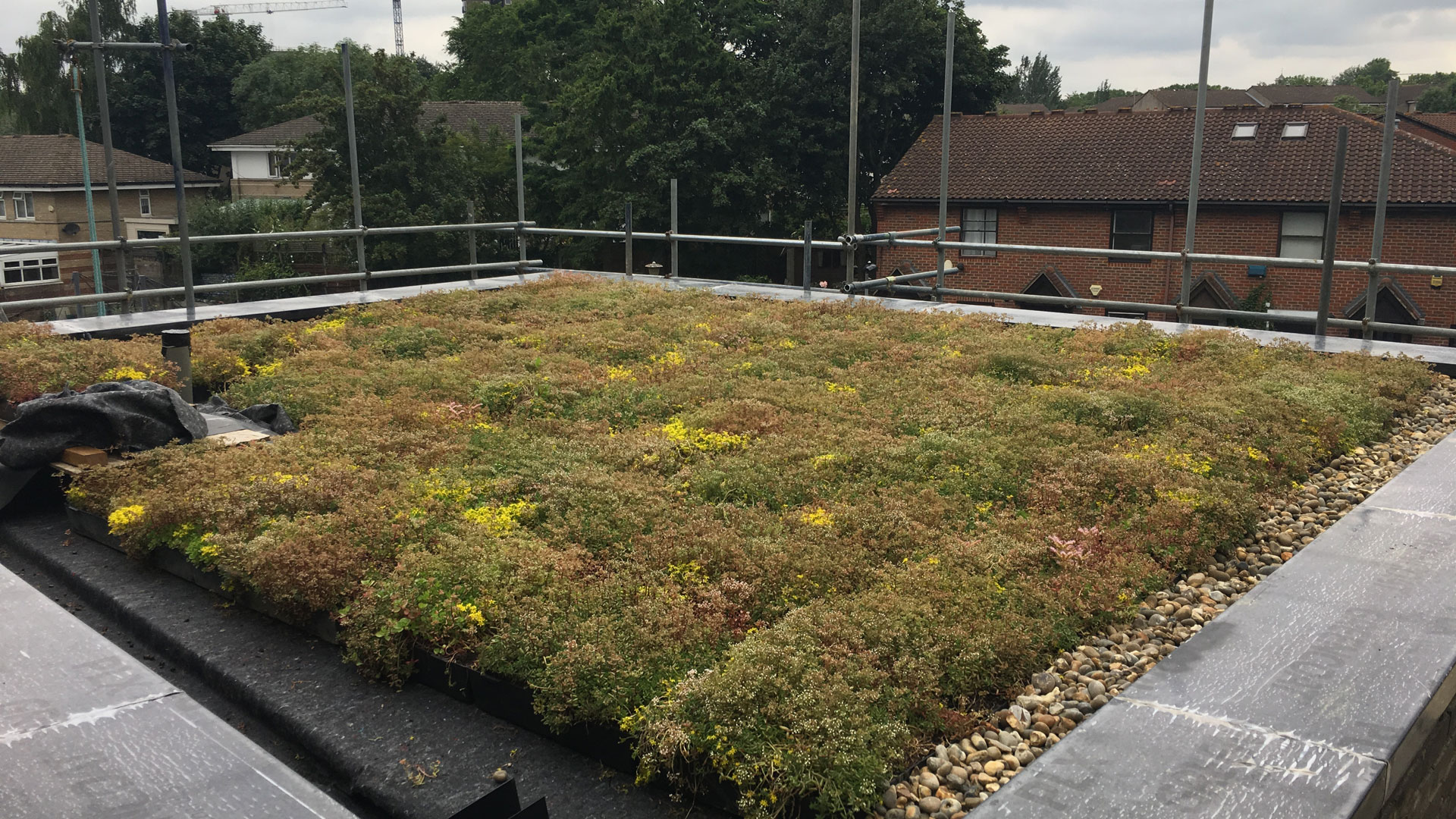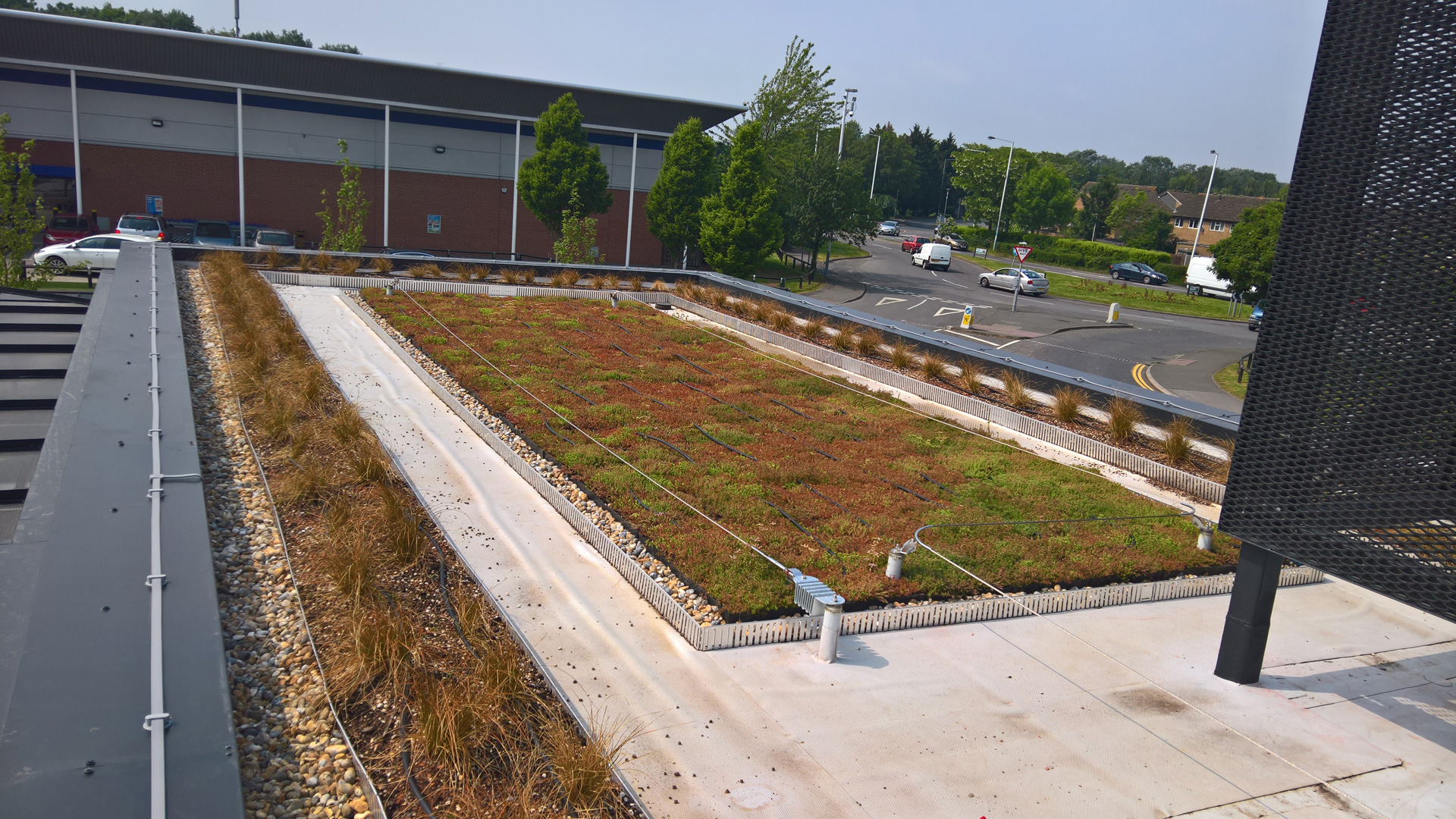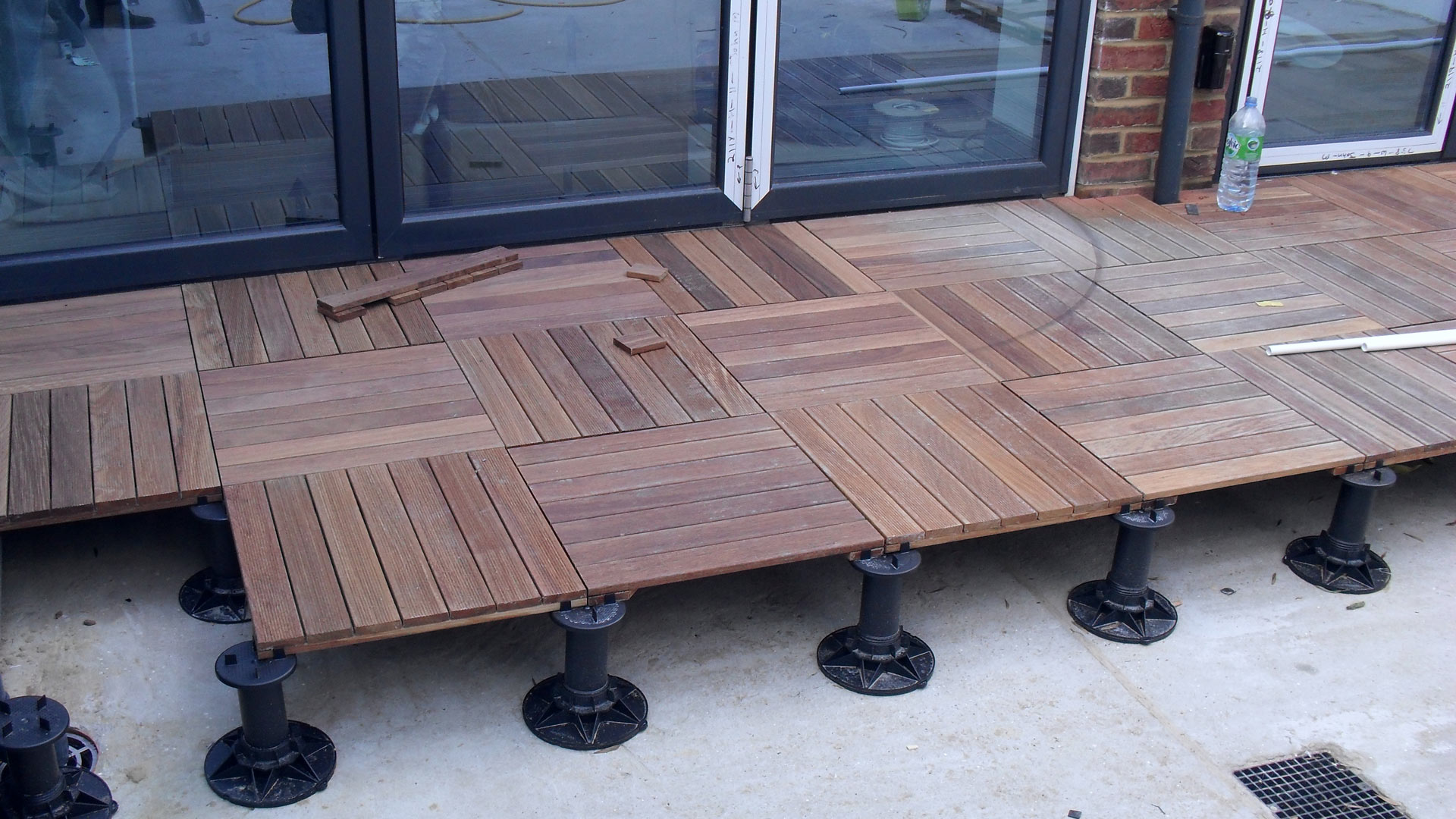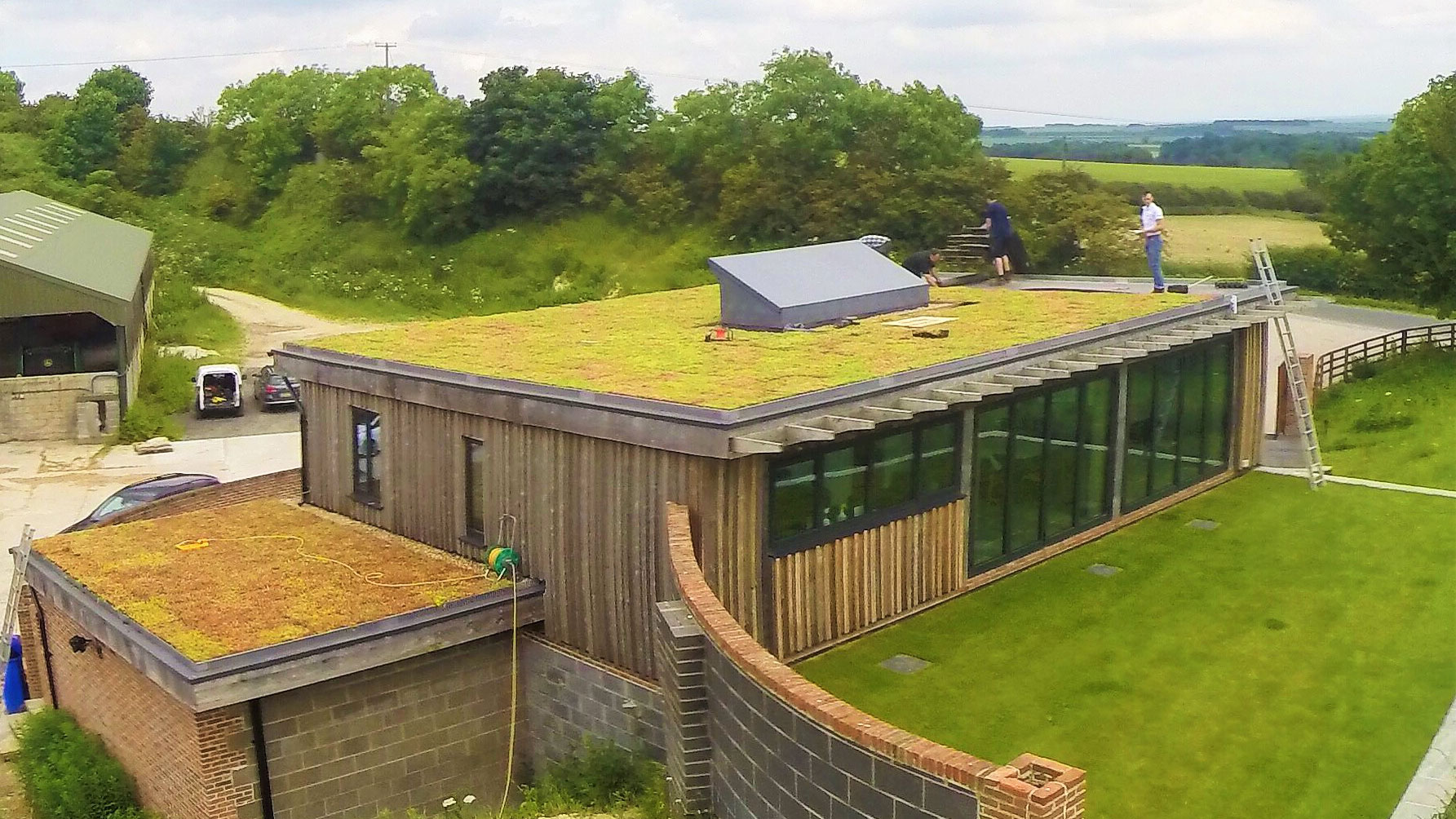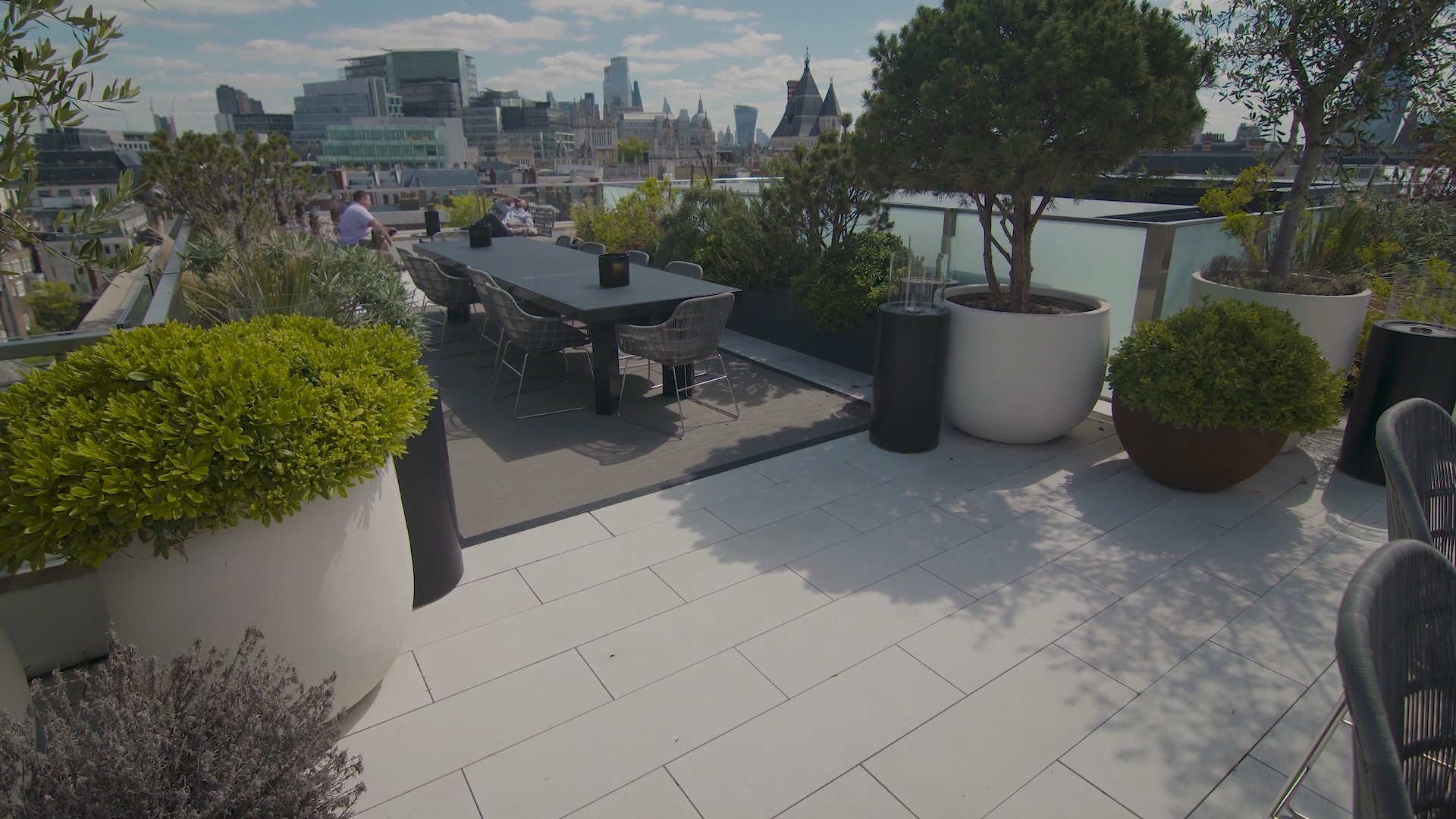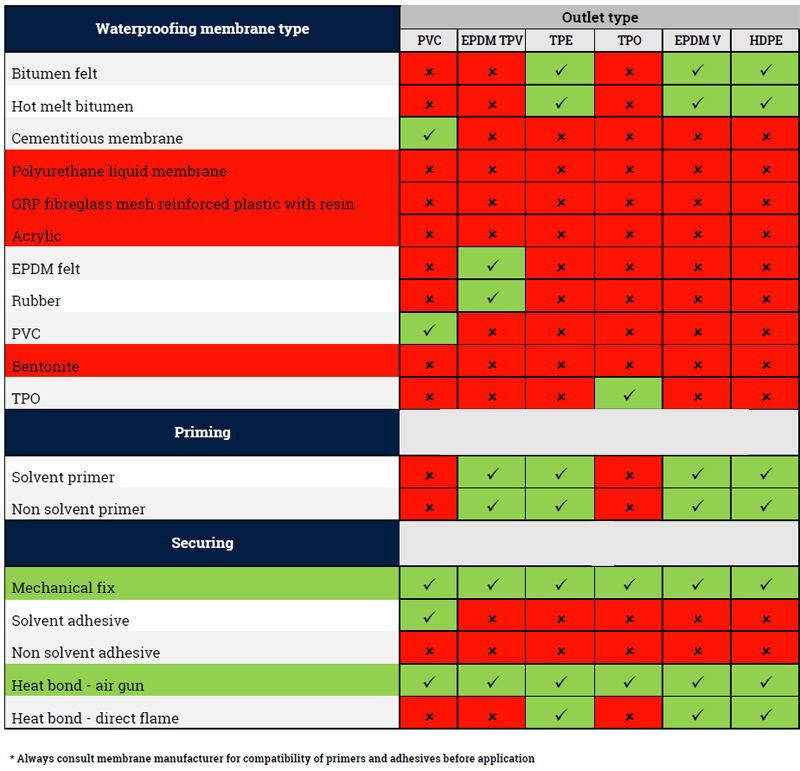Our friends over at https://www.buildingproducts.co.uk/ recently took an in-depth look into the growth of the green roof industry along with providing a little insight into the possible future for this highly beneficial industry.
Whilst the past 15 years has seen a steady increase throughout the green roofing industry, a lack of specific central government funding or incentives, has resulted in national progress not being maximised.
However, some forward thinking local authorities have played a key role in helping to move the concept of green roofs into mainstream consideration for use in conjunction with urban projects due to the ability of established green roofs to offer an effective solution to main of the common problems associated with urban living, including storm water run-off, air pollution, the ‘heat island’ effect and loss of outdoor space.
Expected Growth
The article then turned its attention to the expected growth of the industry – “Green roofs have long been in use across Europe and the UK, but are still relatively new to many clients, specifiers and contractors. However, living roofs and walls will play a key role in helping to achieve the Mayor’s target to increase green cover in central London by 5% before 2030, with many other major UK cities expected to follow suit.”
“The Greater London Authority’s Green Roof Map estimates that there are already 7000 green roofs in central London alone”
“With space at a premium in cities, vegetated roofs, terraces and gardens are an important means of improving the environment and quality of life for London’s 13 million inhabitants. However, green roofs are far more than just a natural combatant to climate change. With millions of pounds spent on every central London development, they provide an excellent opportunity for the introduction of additional amenity spaces in spatially restricted sites.”
“Intensive roofs such as these have become an increasingly popular option, with biodiverse roofs and wildflowers used to create much needed habitats for bees, butterflies, birds and insects in condensed urban locations. These allow greater scope to create and grow more complex gardens with diverse vegetation and also require specialist green roof designers and installers to deliver them to a high standard.“
Green Roofing Best Practices
The Green Roof Organisation (GRO) Code of Best Practice has been in place since 2011 and is now widely used across the industry. However, an increase in both the number of green roof specifications and their complexity has seen the industry demand a more clear and concise Code for specifiers and installers.
Under the revised guidance, the primary waterproofing layer has also been highlighted as fundamental to the performance of the roof as a whole. Additional guidance has been included for substrate installations, detailing the size of sacks required for certain projects and their subsequent disposal.
For more information on the best practices and the article in full, please check out the Building Products article by clicking here.
